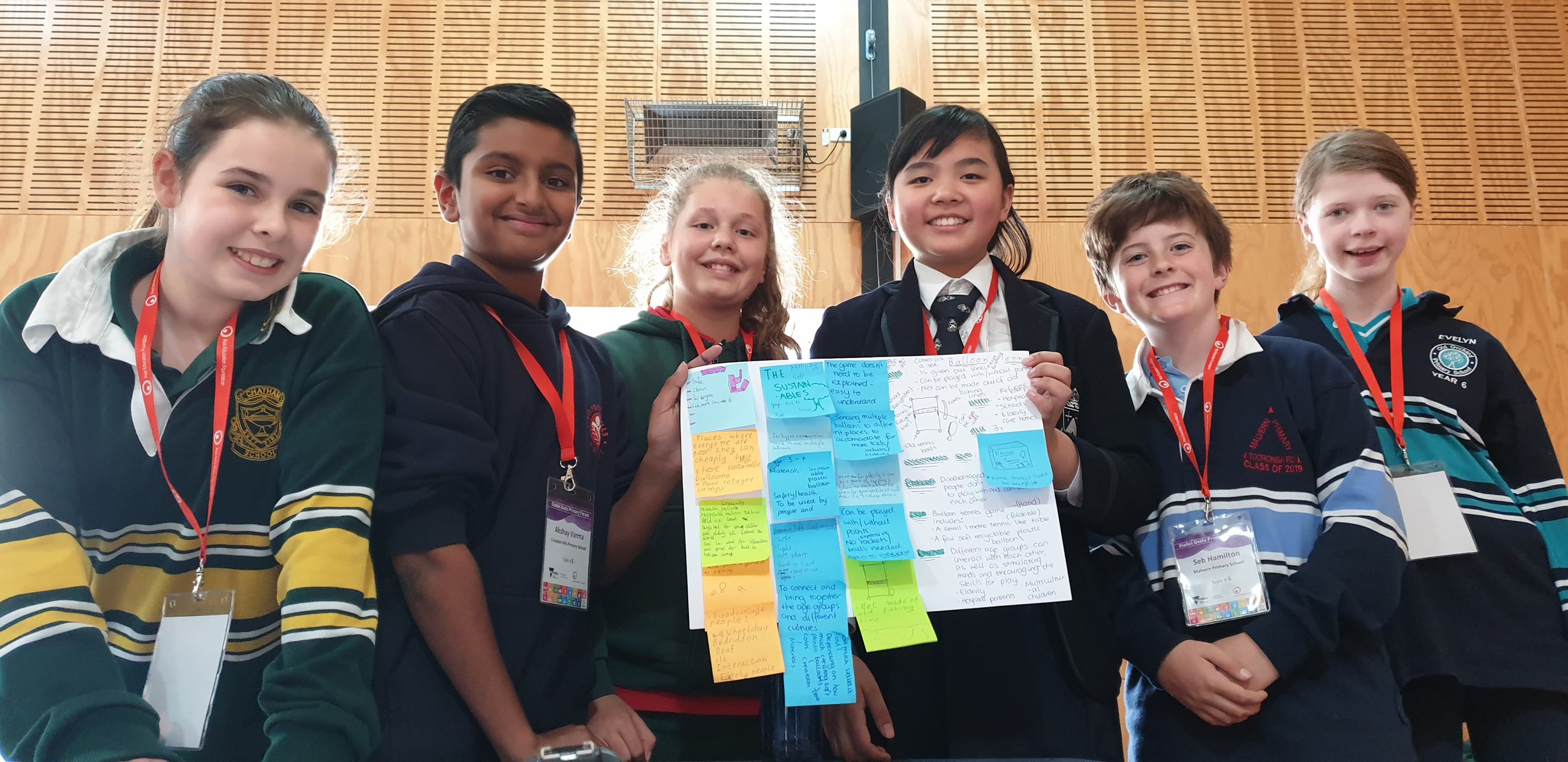by
User Not Found
| Nov 17, 2021
Brendan Hitchens, Program Coordinator, Asia Education Foundation

Youth initiatives are taking place across the country, prioritising student agency, autonomy and action.
Making the most of online platforms and learning tools, youth initiatives are bringing school communities together to support collaboration and peer-to-peer learning in an authentic way.
Along with addressing educational outcomes, such opportunities also provide students with key skills and values such as empathy, innovation, problem solving and leadership.
With a constant news stream at their fingertips, young people are aware of what is happening across the world and how these issues may affect their future.
They also understand that many of these issues are interconnected and can only be solved through collaboration.
Youth initiatives provide a platform and an audience for their voices to be heard, and the opportunity to turn moments into movements.
Here are six reasons why youth initiatives are so significant to education.
Class Action
During and post being involved in youth initiatives, students are taking action. Meeting with policy makers, writing to members of parliament, turning their inventions into prototypes, starting social enterprises in their community, creating websites and hosting events in their school.
Having autonomy of their learning and following what they are passionate about is proven to enhance student's motivation and lead to more effective learning.
Connecting the curriculum
American author Seth Godin has written about the notion of education too heavily focusing on collecting the dots rather than connecting the dots. He asserts that education systems have an intense focus on students retaining information for the primary purpose of testing, and as such, neglect critical and creative thinking.
Youth initiatives are a prime example of connecting. Rather than siloed subject content, youth initiatives not only draw links and parallels to multiple curricula and learning areas, but also connect learning to real world opportunities and career pathways.
Community and opportunity
Australian students typically spend seven years in primary school and six years in high school. As such, they are often conversing and collaborating with the same cohort of students, from the same geographic location.
Different groups and opinions allow for dialogue and debate, diverse voices and diverse perspectives.
Youth initiatives that bring together students from different schools, regions and backgrounds create an atmosphere of peer-to-peer learning, where students learn collaboratively from and with each other.
Tomorrow’s skills today
As has so often been stated, modern education is about preparing students for evolving industries and for jobs that haven’t even been invented yet — teaching the skills of tomorrow, today.
Critical thinking, problem solving, curiosity, innovation, entrepreneurship, collaboration and global awareness, to name just a few, are all vital skills, and youth initiatives such as design-thinking workshops allow these skills to nourish and flourish in students.
We’ve all heard the term literacy in the context of reading and writing. We’ve probably also heard numerical literacy in relation to numbers and digital literacy in relation to technology.
Recently, for the first time, I heard the phrase eco-literacy used, and in an education setting.
The world is rapidly changing and so too must the curriculum, the learning content and context.
The Australian Curriculum now places emphasis on sustainability as a learning priority, encouraging students to develop the knowledge, skills, values and world views necessary to contribute to more sustainable patterns of living.
Youth initiatives provide the ideal platform to not only learn these values, but to live them.
In the HarvestEd program, students heard from industry professionals, pitched their prototypes to audiences and were given advice and next steps on their agricultural projects.
Mentors
The authoritarian style of education where the teacher is an instructor and students are passive recipients of knowledge is slowly passing. It's being replaced instead by a student-centred approach where the teacher is repositioned as a facilitator, advisor or co-learner.
Similarly, youth initiatives are giving students the opportunity to hear from inspiring guest speakers across an array of industries and professions, with their role not so much as lecturers, but mentors.
As the saying goes, “You can’t be, what you can’t see,” and students are hearing firsthand stories from young Australian innovators, entrepreneurs and change makers.
This article originally published by ABC Education.